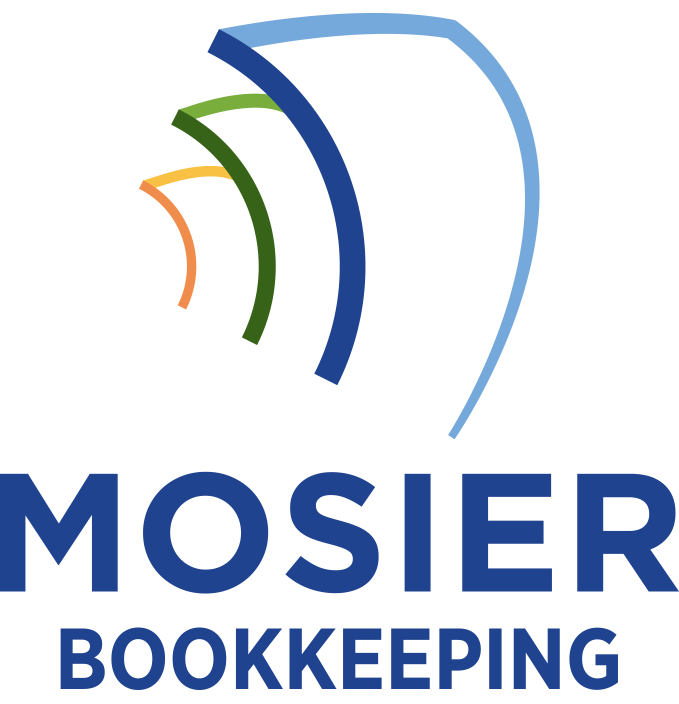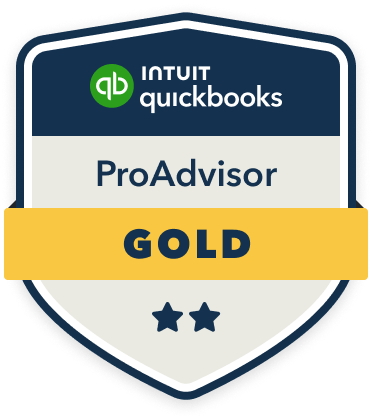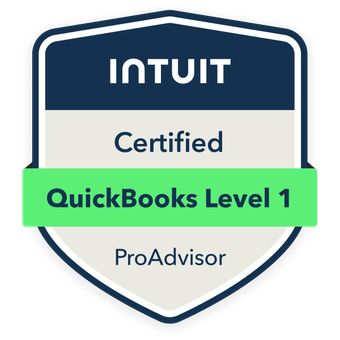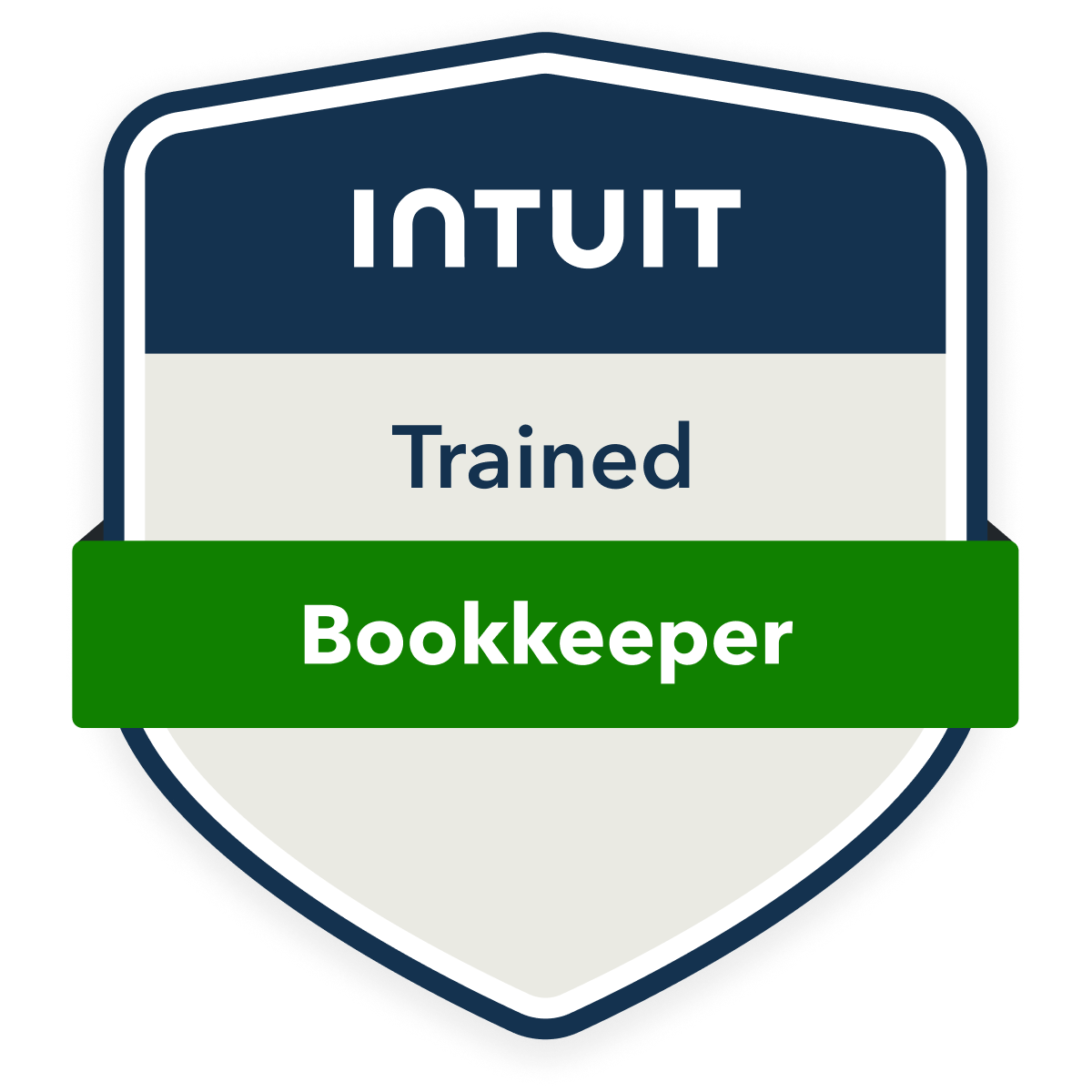To analyze employee productivity through bookkeeping in your service business, I recommend setting up a system that tracks key metrics like revenue per employee, billable hours utilization, and client retention rates. You’ll need to integrate time-tracking software with your accounting system and structure your general ledger to capture employee-specific transactions. By measuring profit-to-salary ratios and monitoring revenue per billable hour, you can identify top performers and optimize resource allocation. The deeper you examine these metrics, the more insights you’ll uncover for driving growth.
Key Financial Metrics for Measuring Service Employee Performance

How effectively service employees contribute to the bottom line depends on tracking the right financial metrics. I measure revenue per employee (RPE) to establish baseline productivity and compare it against industry benchmarks. Billable hours utilization rate reveals efficiency, while profit per employee (PPE) exposes true value creation. I track client retention rates by employee to assess long-term revenue impact. Cost per employee acquisition (CEA) and training ROI complete my analysis framework. By monitoring these KPIs monthly, I can identify top performers, address productivity gaps, and optimize workforce allocation for maximum profitability.
Setting Up Your Bookkeeping System to Track Productivity
When establishing a bookkeeping system for productivity tracking, I prioritize integrating key data points into my chart of accounts. I create specific revenue accounts for each service type and corresponding labor cost accounts to calculate individual profit margins. I then set up direct labor tracking codes for every employee and project.
I implement time-tracking software that syncs with my accounting system, allowing me to monitor billable hours versus costs in real-time. By structuring my general ledger to capture employee-specific transactions, I can generate powerful productivity reports that reveal revenue per employee, utilization rates, and profit contribution metrics.
Analyzing Revenue per Employee and Billable Hours

I’ve found that calculating revenue per employee gives you the most direct insight into individual productivity, especially when paired with billable hours tracking. To maximize analytical value, I recommend breaking down hourly revenue metrics into both gross figures (total revenue/total hours) and net calculations that factor in overhead costs. Your time tracking system should measure billable efficiency ratios – comparing actual billable hours to total available work hours – which helps identify opportunities to optimize employee utilization and pricing strategies.
Calculating Hourly Revenue Metrics
Understanding revenue per employee and billable hours provides critical insights into service business performance and employee productivity. I calculate hourly revenue metrics by dividing total revenue by the number of billable hours worked, giving me the revenue generated per hour of work. I track these metrics both at individual and team levels to identify top performers and optimization opportunities.
I leverage this data to make strategic decisions about pricing, resource allocation, and capacity planning. By monitoring trends in hourly revenue, I can quickly spot efficiency gaps and implement targeted improvements. I focus on maximizing revenue per billable hour while maintaining sustainable utilization rates.
Tracking Billable Time Efficiency
Efficiently tracking billable time requires systematic monitoring of key performance indicators that reveal productivity patterns and revenue potential. I’ll show you how to leverage timesheet data to maximize your team’s billable efficiency and drive higher profits.
To maintain control over billable time effectiveness, track these critical metrics:
- Billable utilization rate (billable hours/total hours worked)
- Realization rate (billed hours/billable hours)
- Average hourly rate achieved per employee
- Revenue leakage from unbilled time
Calculating Project Profitability and Employee Contribution
I’ll show you how to measure employee contribution by calculating revenue per labor hour, which reveals the actual income generated during each billable working hour. To gain deeper insights, you’ll need to track your profit-to-salary ratios, comparing an employee’s total compensation costs against their revenue generation. These metrics let me help you identify your most valuable team members and optimize project staffing decisions based on hard data rather than gut feelings.
Revenue Per Labor Hour
Revenue per labor hour stands out as a critical metric for measuring both project success and individual employee contributions in service businesses. I calculate this by dividing total revenue by the hours worked, giving me a clear view of productivity at both team and individual levels.
- Track billable hours meticulously through automated time-tracking systems
- Compare revenue per hour across different service lines to optimize pricing
- Monitor individual employee revenue generation to identify top performers
- Analyze trends over time to detect seasonal patterns and growth opportunities
I’ve found this metric particularly powerful when combined with profit margins to make strategic decisions about resource allocation and performance incentives. It’s crucial to maintain detailed records of both revenue and labor hours to guarantee accuracy.
Profit-to-Salary Ratio Analysis
While revenue per labor hour offers valuable insights, the profit-to-salary ratio provides a deeper understanding of true employee value creation. I calculate this by dividing net profit generated by an employee’s total compensation. A ratio above 3.0 typically indicates strong performance, while below 2.0 suggests potential optimization needs.
I use this metric to identify my highest-performing team members and optimize resource allocation. When I analyze profit-to-salary ratios across departments, I can pinpoint which roles and individuals drive the most value relative to their cost. This empowers me to make strategic decisions about promotions, compensation adjustments, and team restructuring.
Using Client Retention Data to Evaluate Team Effectiveness

Client retention data serves as a crucial metric for measuring team performance in service-based businesses. I track month-over-month client retention rates to identify patterns in team effectiveness and pinpoint areas needing improvement. This data reveals the true impact of my employees’ service delivery on long-term business sustainability.
- Calculate retention rates by division to identify high-performing teams
- Cross-reference retention metrics with specific account managers
- Monitor churn triggers through exit survey analysis
- Compare retention ROI against acquisition costs
Leveraging Accounting Software for Productivity Insights
Modern accounting software provides me with powerful tools to analyze employee productivity metrics in real-time. I leverage automated dashboards to track billable hours, project completion rates, and revenue per employee. By integrating time-tracking features with financial data, I gain immediate insights into individual performance trends.
I configure the software to generate customized reports that highlight key performance indicators like utilization rates and profit margins per staff member. This data-driven approach enables me to identify top performers, optimize resource allocation, and make strategic staffing decisions that maximize my business’s profitability. The software’s analytics help me maintain competitive advantage through precise performance management.
